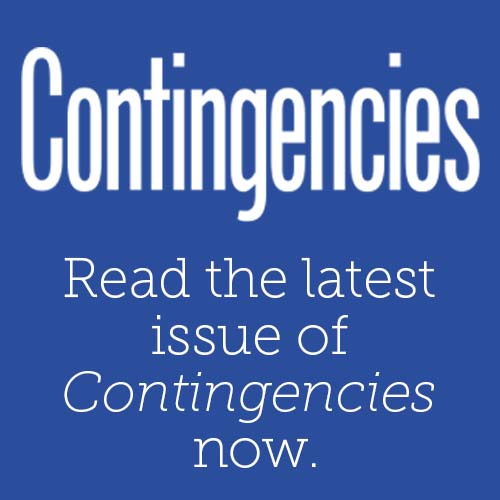More About ASOPS—Disclosures, Notable Changes, and Handling of Comments
By Cande Olsen
Member, Actuarial Standards Board
Last month, I explained recent changes to language in actuarial standards of practice (ASOPs). This month, I’ll take a closer look at several other ASOP sections—section 4 (disclosures), the transmittal memo, and the appendixes.
Section 4: Communications and Disclosures
Section 4 of each ASOP sets out the items the actuary must disclose. In the past year or two, the Actuarial Standards Board (ASB) has changed its approach to the first part of this section. Previously, section 4.1 had been titled “Actuarial Communication” in most ASOPs, and the terminology used in this section varied across ASOPs, with some ASOPs referring to disclosures in an actuarial communication, and others referring to disclosures in an actuarial report. If you are wondering about the difference between an actuarial communication and an actuarial report, ASOP No. 41, Actuarial Communications, defines these terms:
Actuarial Communication: A written, electronic, or oral communication issued by an actuary with respect to actuarial services.
Actuarial Report: The set of actuarial documents that the actuary determines to be relevant to specific actuarial findings that is available to an intended user.
Because an actuarial communication can be broader than an actuarial report, in more recent ASOPs, section 4.1 is titled “Required Disclosures in an Actuarial Report” and the guidance has been updated to use “actuarial report” consistently.
Several other changes in section 4 are aimed at making the ASOPs easier to use. For example, all disclosures are now found in section 4, which ties each disclosure to the relevant part of section 3 with a reference. (In rare instances, a disclosure may also be mentioned in section 3 for emphasis. One way of thinking about the difference between sections 3 and 4 is that section 3 tells the actuary what to do, while section 4 tells the actuary what to disclose.) Finally, section 4 reminds actuaries to review the disclosure requirements for any other ASOP referred to in section 3, as well as ASOP No. 23, Data Quality; ASOP No. 41, and ASOP No. 56, Modeling, as these three ASOPs apply to nearly all actuarial assignments.
Transmittal Memo
In addition to the guidance contained in sections 1-4 of an ASOP, the ASOP document includes two other important sections: the transmittal memo and the appendixes. The transmittal memo comes before the body of the ASOP. One of the more important sections of the transmittal memo is the notable changes section, which helps actuaries understand where substantive revisions were made. Most exposure drafts and new ASOPs now have two notable changes sections, one with changes from the previous draft and one with a high-level summary of cumulative changes from the existing ASOP. The list of cumulative changes is especially helpful when an ASOP has been adopted and an actuary wants to know what changes they may need to make in their practice.
The transmittal memo also contains a section on the history of the standard, which discusses the development of the standard from its inception, including any relevant regulatory changes, changes in actuarial practice, or changes to other ASOPs that require a new or revised standard. In exposure drafts, the transmittal memo contains instructions and a deadline for submitting comments.
Appendixes
Two appendixes usually appear after section 4 of the ASOP. The first appendix, titled “Background and Current Practices,” gives historical context for the development of the standard and information about current practices in that specific subject area. The second appendix, which appears in second and higher exposure drafts and final ASOPs, provides insight into the types of comments the ASB received on the last exposure draft and how they were handled. This appendix contains a summary of each substantive comment received and the ASB’s response. The ASB and its committees and task forces spend a significant amount of time considering each comment and how to respond. Though some comments are addressed quickly, others provoke lengthy discussions.
Keeping Up With the ASOPs
The ASB has revised several ASOPs in recent years and is in the process of revising many more. Some of these ASOPs were last revised 10 or 20 years ago, and the changes are substantial. I encourage you to participate in the revision process by commenting on exposure drafts in your area of practice and to keep up with ASOPs by staying informed about changes and reading newly adopted ASOPs closely. One of the best ways to stay informed is signing up for Boxscore, the ASB’s newsletter.







